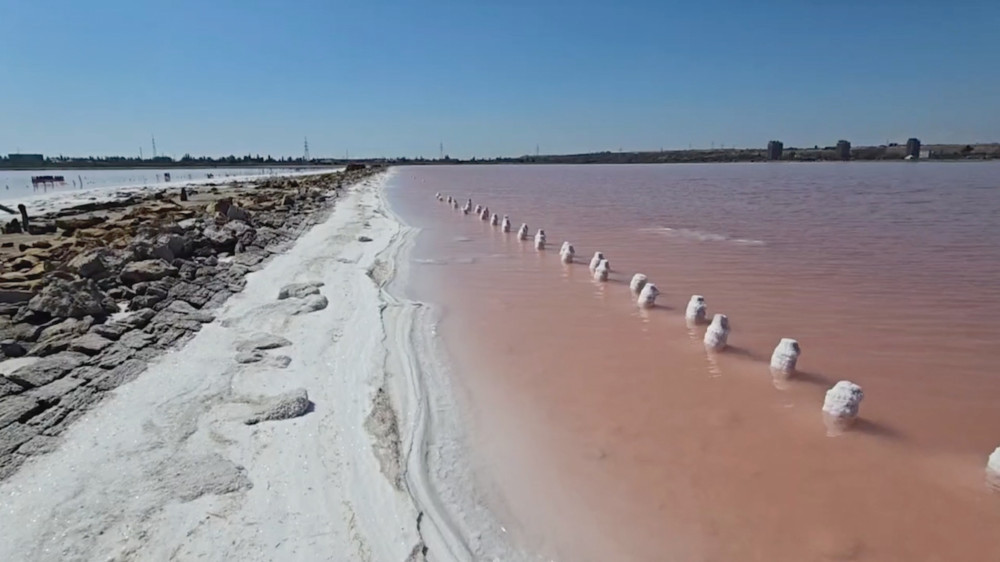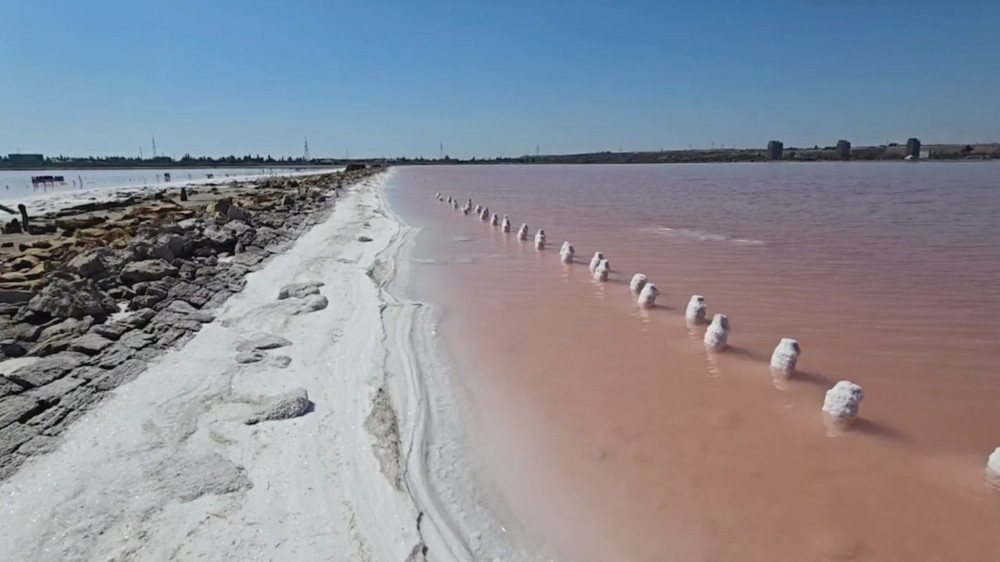Unexpected Downpours: Impact on the Nature of Odesa Region
On September 30, 2025, the Odesa region experienced heavy rainfall, totaling 94 mm. Hydrologist Serhiy Shevchuk states that this event was one of the most significant in recent years, greatly affecting the small rivers and the Kuyalnik Estuary.
The expert emphasizes that rain is crucial in shaping the courses of small rivers, which often dry up during drought years.
“Such heavy rainfall can be damaging to urban infrastructure, but at the same time, it revitalizes natural waterways, bringing them back to life,” explains Shevchuk.
He also notes that the small river Great Kuyalnik, which had been channeled and dammed for decades, filled with water after the September downpour. This positively influenced the Kuyalnik Estuary, where water levels had recently dropped critically, with salinity exceeding 350 grams per liter (for comparison, the Black Sea has a salinity of about 18 g/l).
“The rain on September 30 was a lifeline for the estuary — the water level noticeably rose. This is clearly visible in satellite images from September 28 and October 5. The bare bottom of the bays has been refilled with water,” noted the hydrologist.
However, Serhiy Shevchuk stresses that one should not rely solely on natural rains. Local water conservation measures need to be developed, including systems for retaining stormwater runoff, saturating coastal soils with moisture, and repairing drainage systems in ponds and reservoirs.
“Rivers begin in the sky. No rainfall means no rivers, regardless of what local farmers do,” concluded the hydrologist.
The expert adds that the September downpour not only revitalized the Kuyalnik Estuary but also highlighted the importance of wise management of water resources in the face of climate change.

